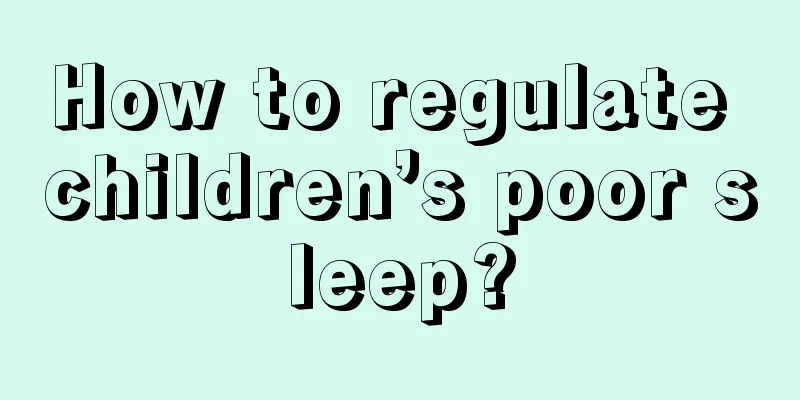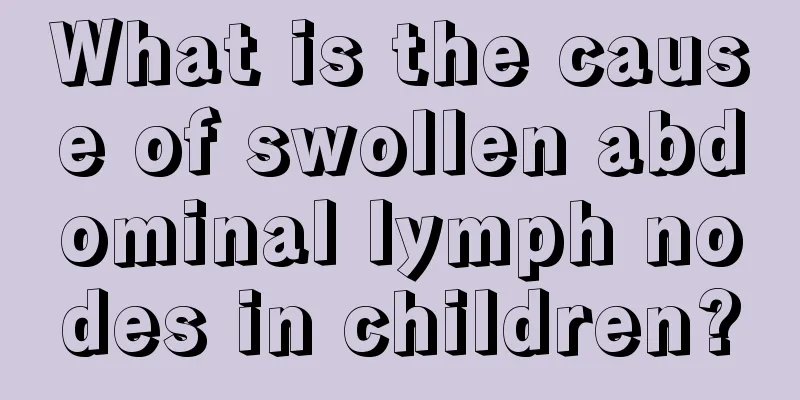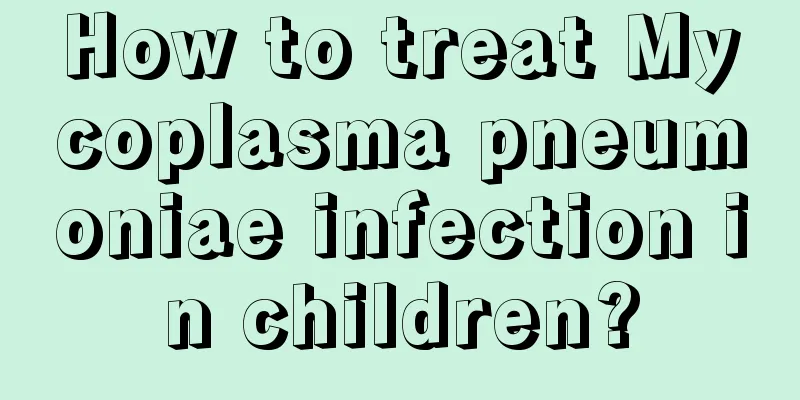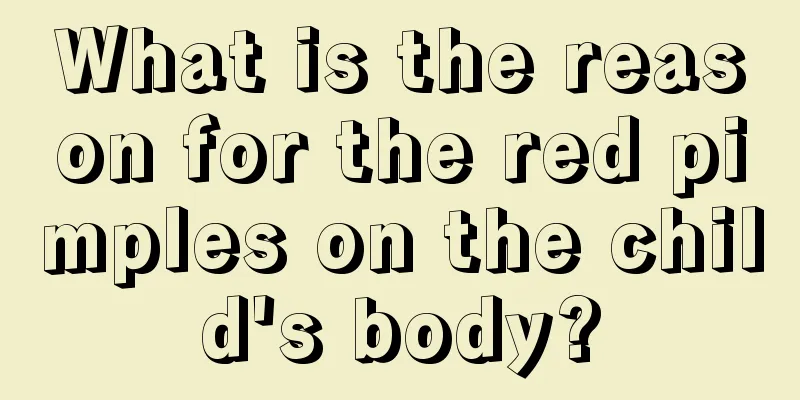Why is the diarrhea yellow in children?

|
The health of the baby often concerns the mother, and parents give their baby extra love. However, it is inevitable that babies will have yellow diarrhea. Generally, parents are very worried and nervous in this situation. Due to the different causes of diarrhea and the baby's own conditions, the solutions are also different. So why is children’s diarrhea yellow? How should we respond? (A) Physiological diarrhea. Some babies have yellow-green loose stools soon after birth and have frequent bowel movements, but they are in good spirits, do not vomit, and always have a good appetite. As they grow older, the diarrhea disappears naturally after adding complementary foods. (B) Indigestion diarrhea. The most common causes of diarrhea in infancy are improper feeding; hot weather, sudden cold; frequent changes in food, etc., all of which can cause diarrhea due to indigestion. Symptoms of indigestion diarrhea include fever, vomiting, and loss of appetite. The stool is loose, mushy, egg drop soup-like or watery. (3) Infectious diarrhea. Diarrhea caused by bacteria, viruses or fungi invading the gastrointestinal tract is called infectious diarrhea. Most children with this type of diarrhea have fever, and vomiting is not necessarily the main symptom. The stool has an abnormal odor and contains mucus or pus and blood. If not treated in time, the diarrhea will persist or worsen. Because the pathogens that cause diarrhea are different, each type of diarrhea has its own characteristics, such as: 1. Bacillary dysentery. It is abbreviated as bacillary dysentery. Mild cases often have no fever or only low fever, increased frequency of bowel movements mixed with pus and blood; severe cases may cause sudden high fever, pale face, convulsions, cold limbs, and undetectable pulse. We call it toxic bacillary dysentery. Infants under 1 year old often suffer from atypical symptoms of bacillary dysentery, with no fever or low fever, and 3-5 watery stools a day. 2. Diarrhea caused by mold. The stool is yellow, thin or green, foamy, and non-mucus, resembling bean curd dregs. It is more common in children who are weak, malnourished, or taking antibiotics for a long time. The above paragraphs explain why babies have diarrhea and the symptoms of diarrhea. I believe that after reading this, our parents will not be so nervous or afraid when their babies have diarrhea. If your baby has yellow diarrhea, you can refer to the symptoms above to choose the appropriate treatment method. |
<<: What should we pay attention to during colonoscopy in children?
>>: What are the symptoms of childhood rectal polyps?
Recommend
What should I pay attention to when my one-year-old baby has a rash?
I believe many mothers have had this experience. ...
What causes respiratory depression in newborns?
Originally, after the birth of a newborn, you can...
What can increase children's immunity?
Everyone knows that children are very easy to get...
What kind of rice noodles is good for one-year-old babies?
The rice noodles mentioned here do not refer to t...
Why does my child keep dripping urine?
Perhaps many parents will find that their childre...
Can eight-month-old babies eat beef?
At the age of eight months, diet is very importan...
What causes athlete's foot in children?
Athlete's foot is a very common disease. The ...
Can children drink carbonated drinks?
Children are very interested in colorful and deli...
Why does a 5-year-old child get tired easily?
Children in their early childhood are naturally l...
Diagnosis of synovitis in children
The physical health of children is something that...
Newborn baby's soft neck
The body of a newborn is relatively soft, mainly ...
Quick way to treat runny nose due to cold in baby
In traditional Chinese medicine, colds are called...
5-year-old child with amblyopia
If a 5-year-old child has amblyopia, parents shou...
What should I do if my baby has a stuffy nose and can't hold the milk?
The most important thing for babies every day is ...
What's wrong with a child who urinates every now and then?
Some mothers do not understand some of their chil...









